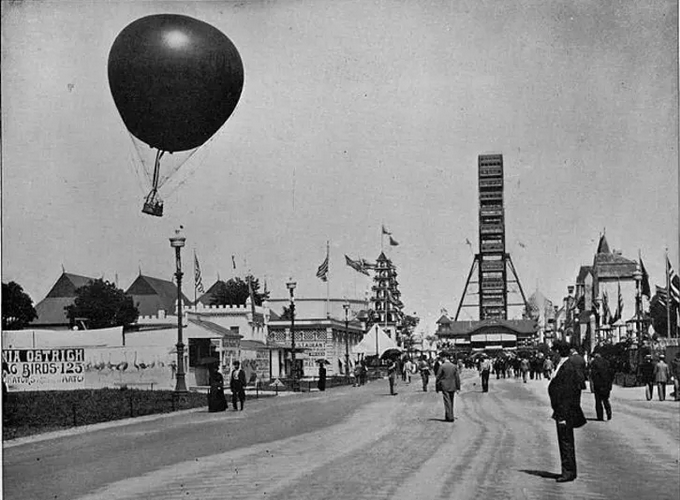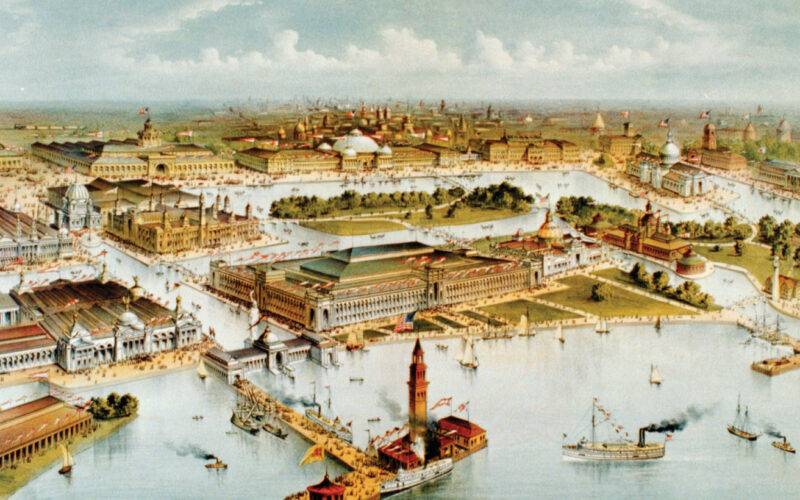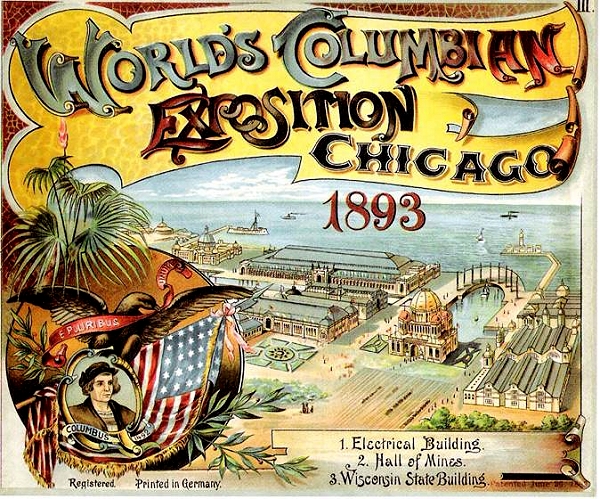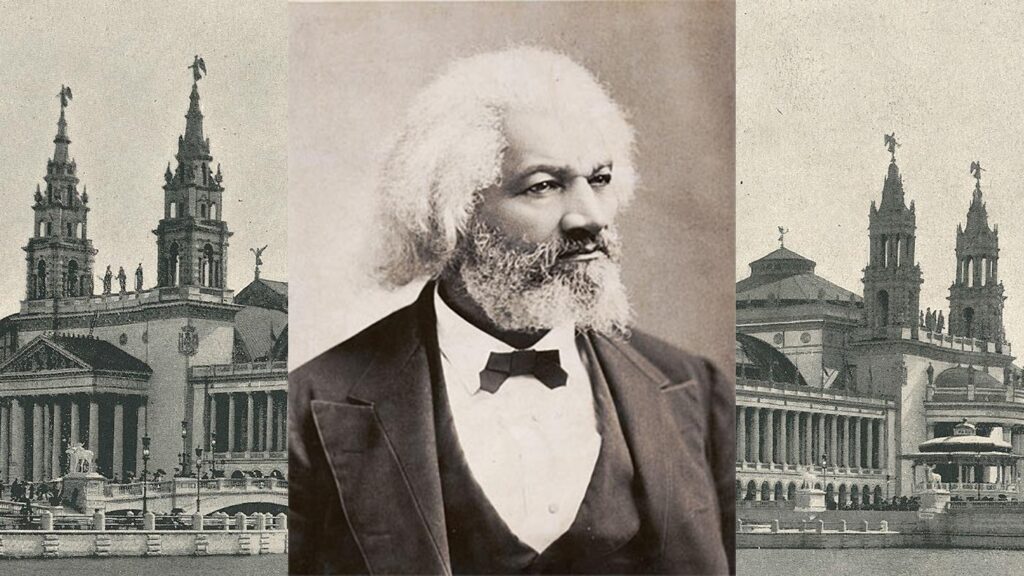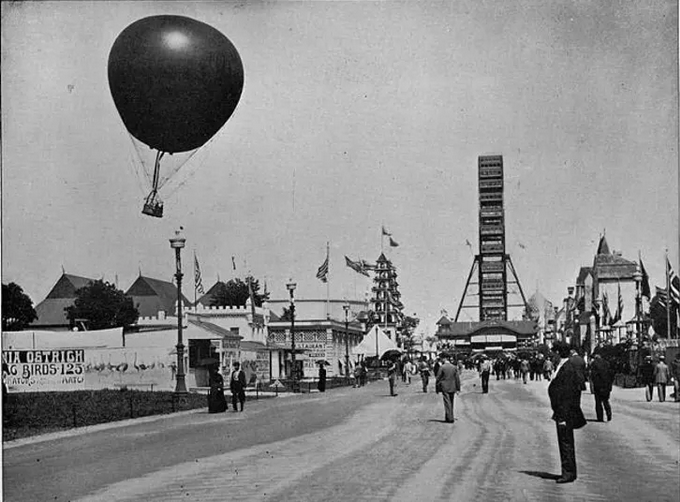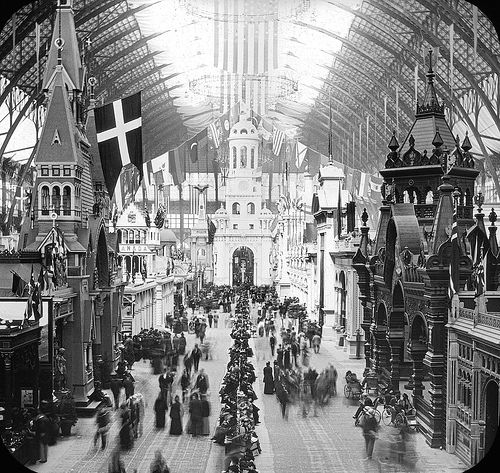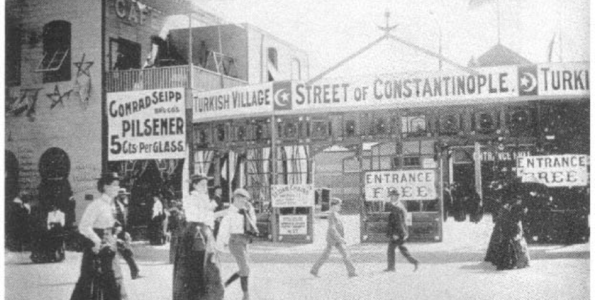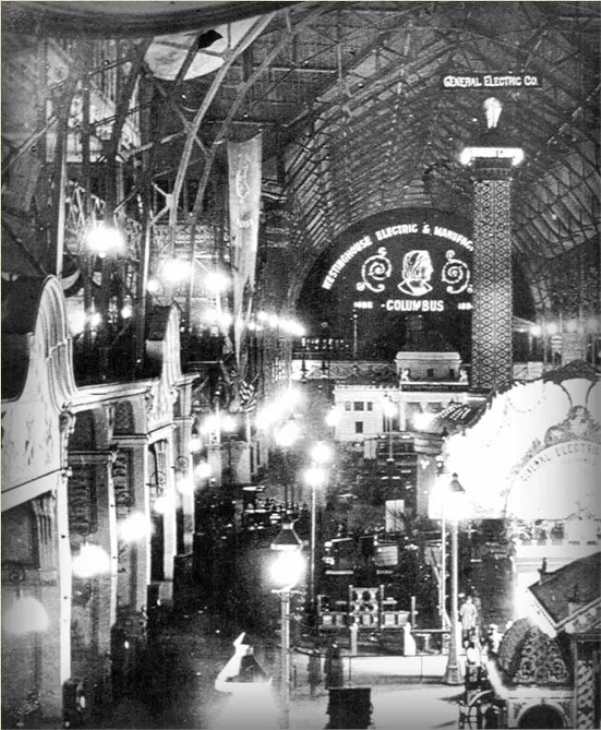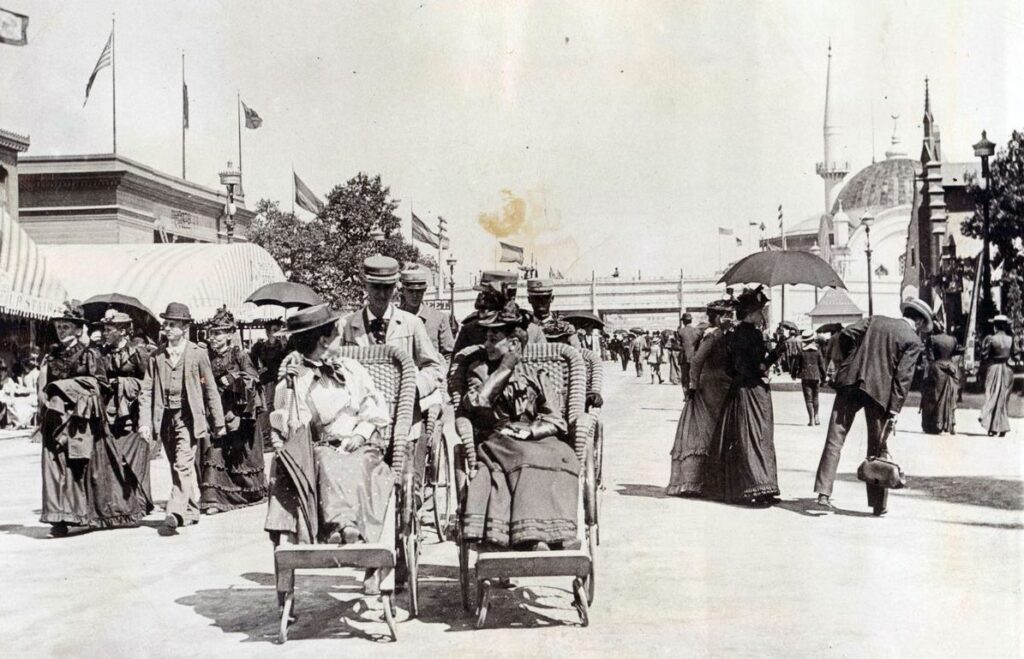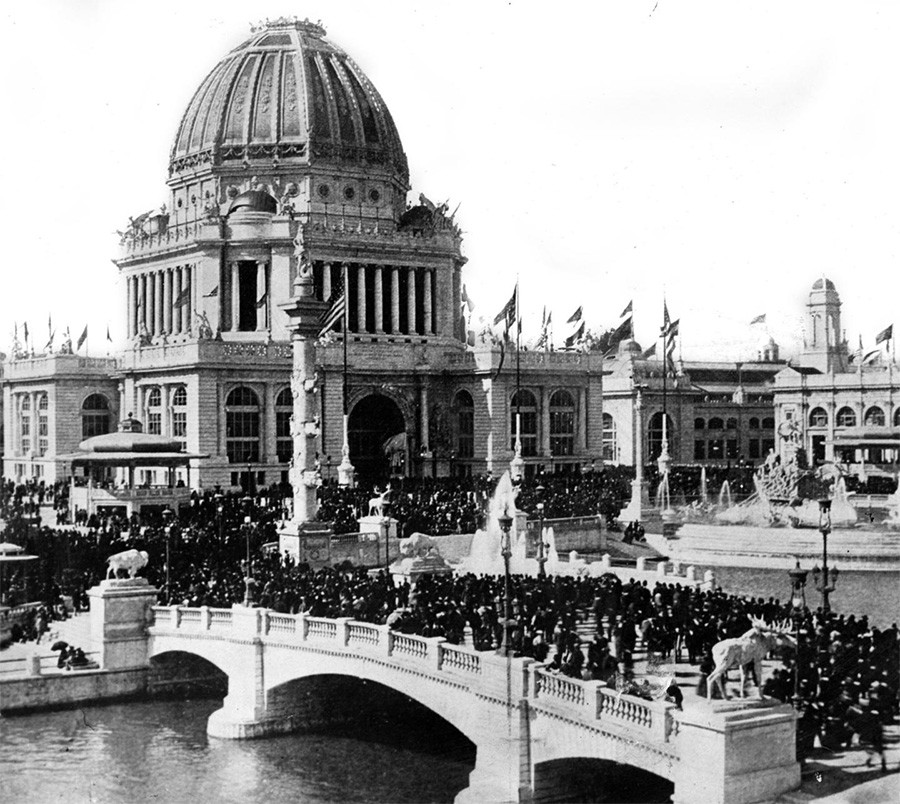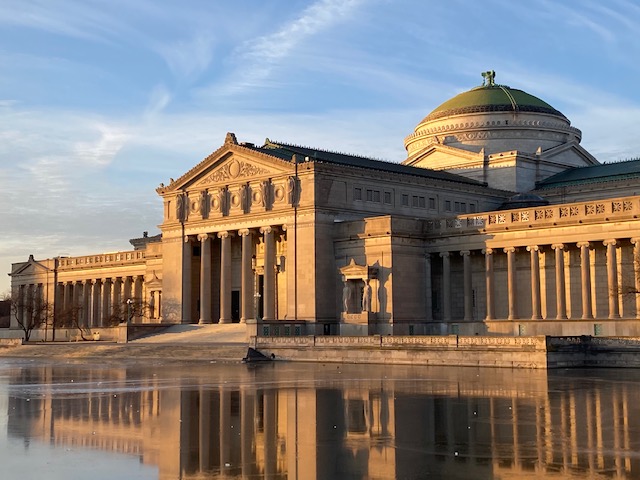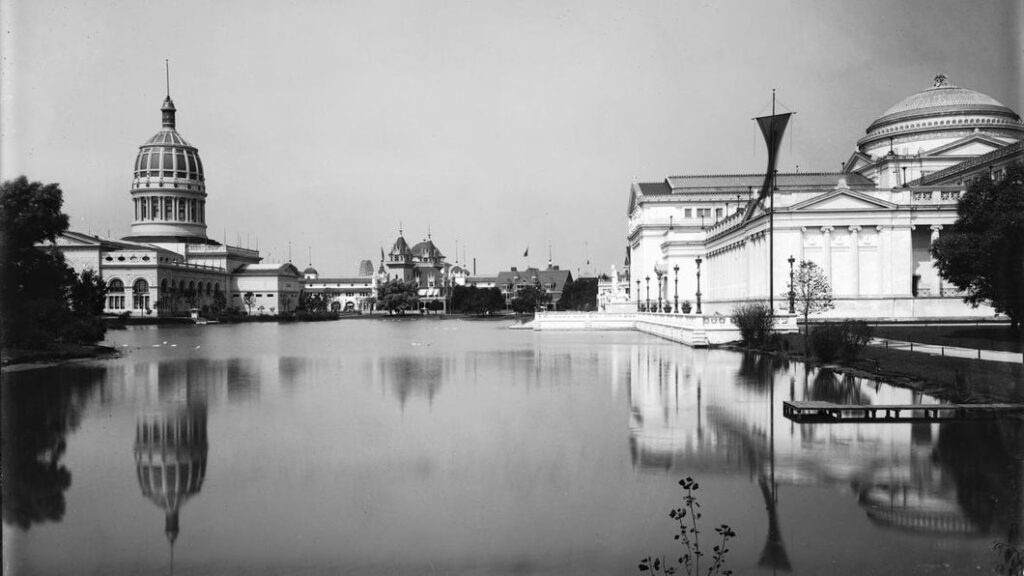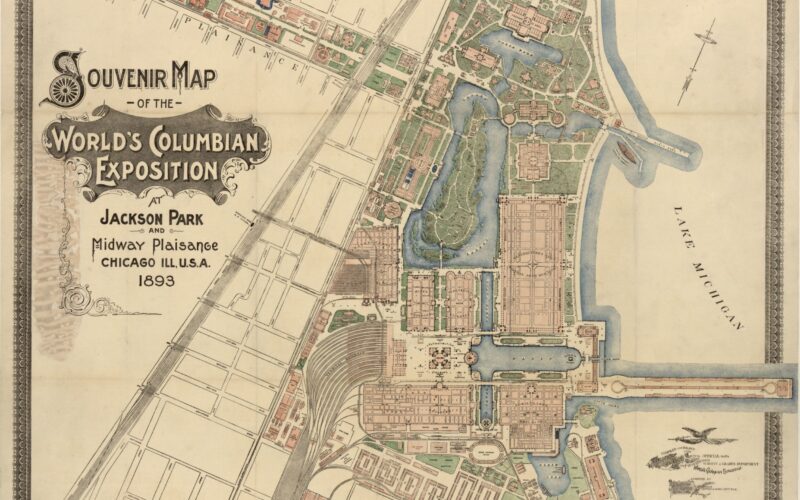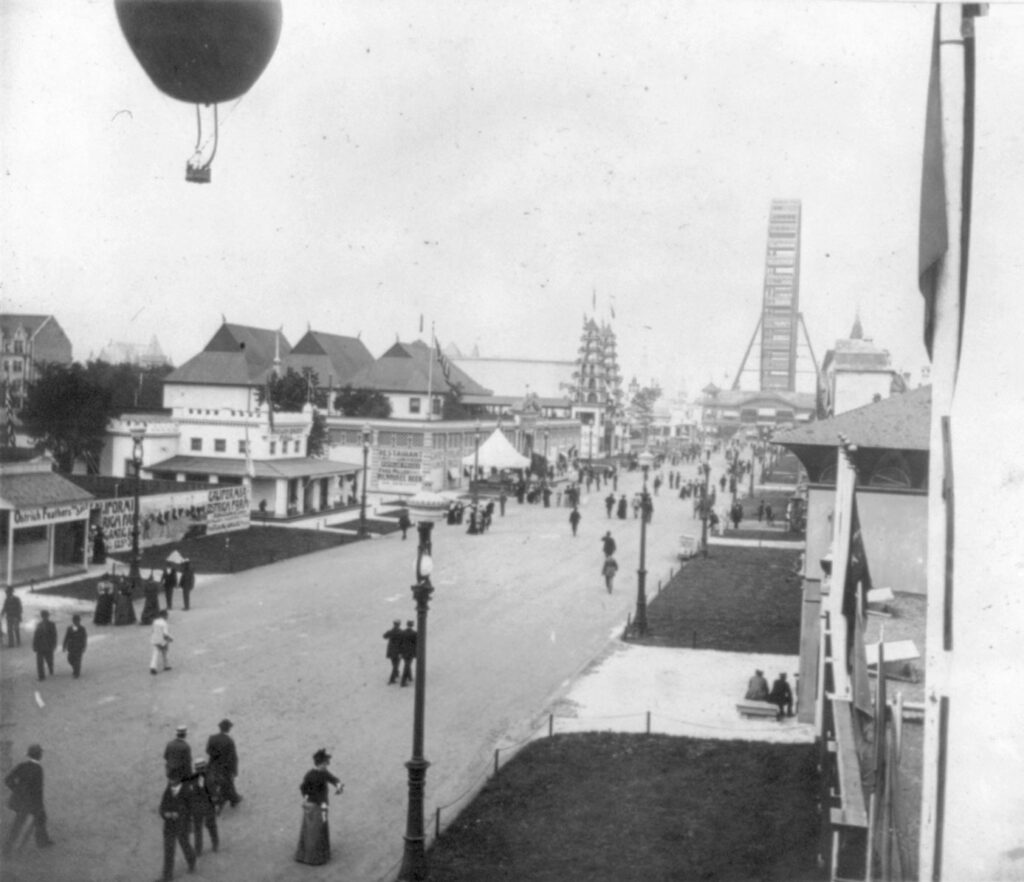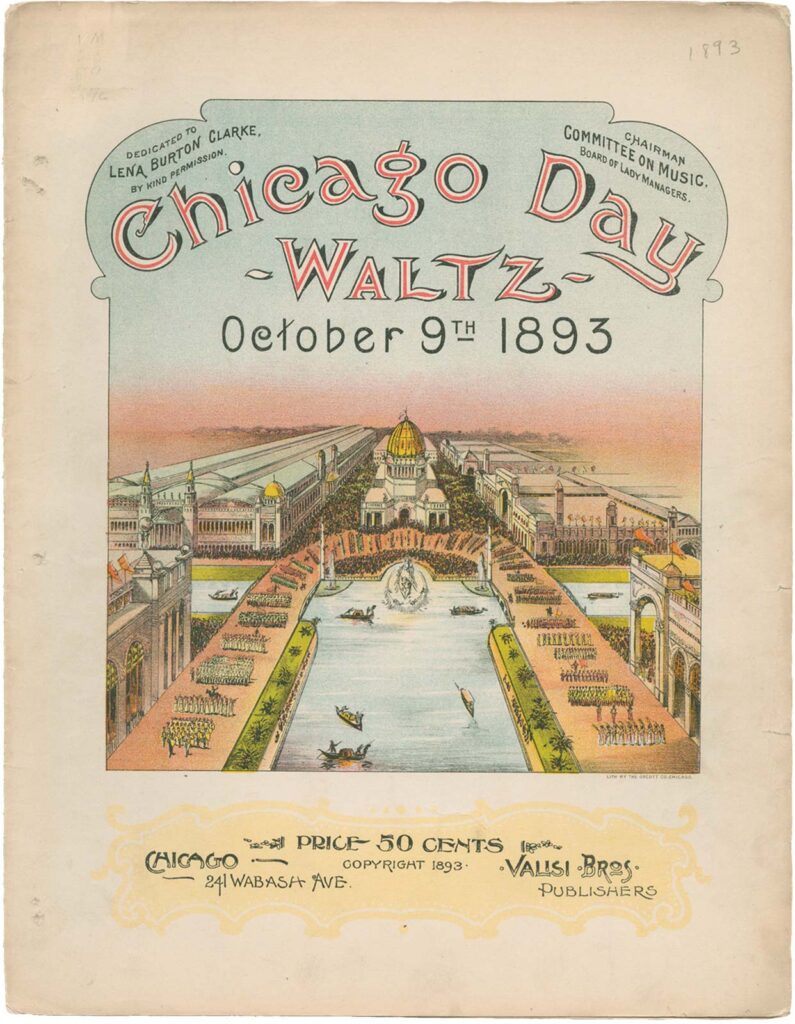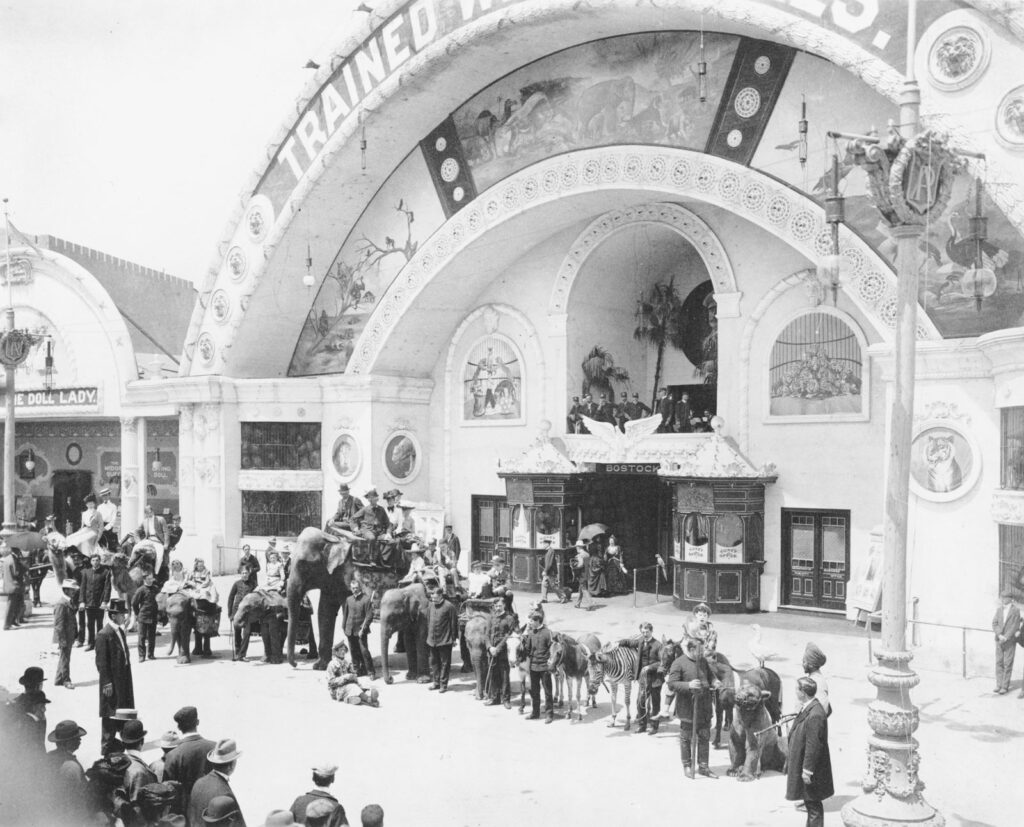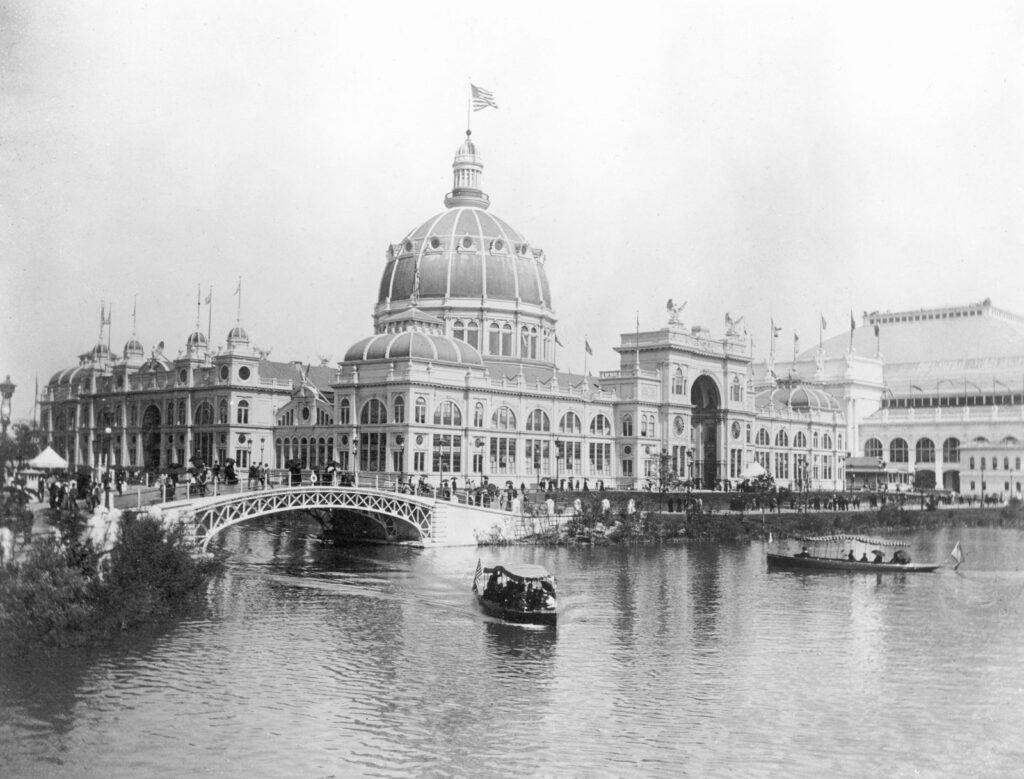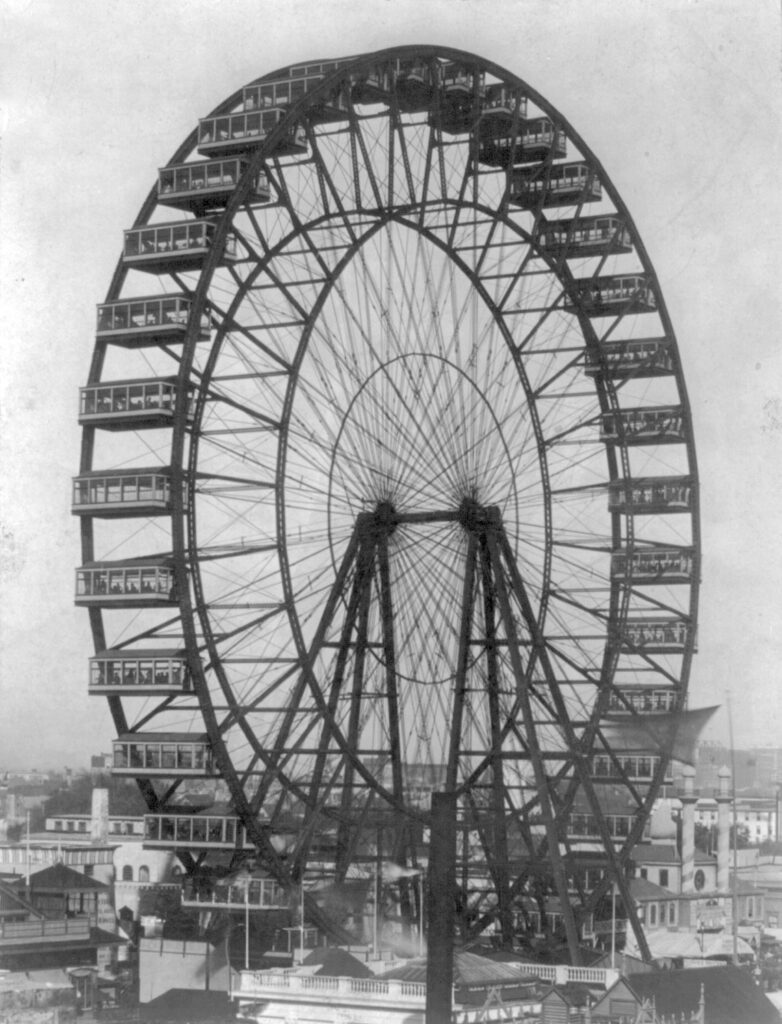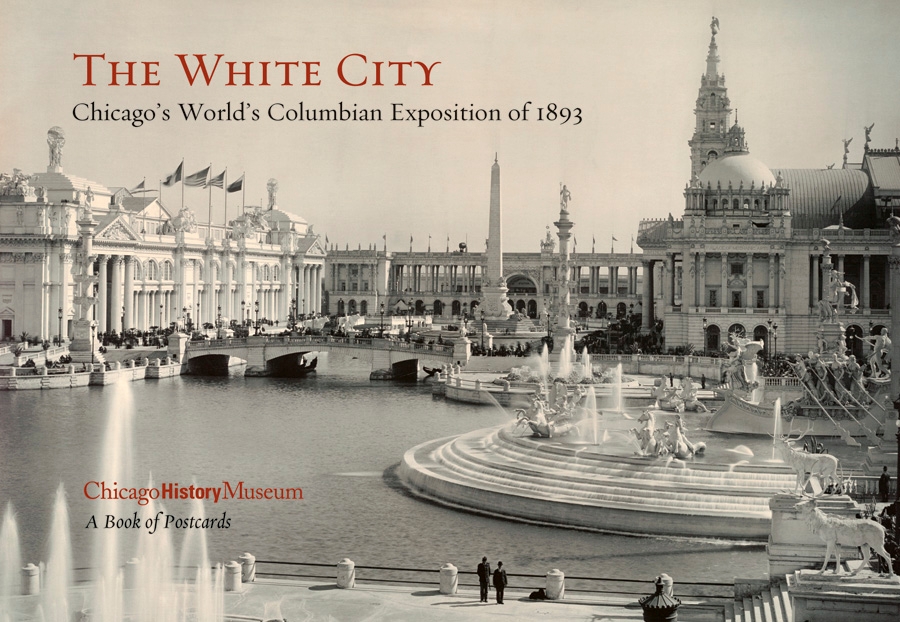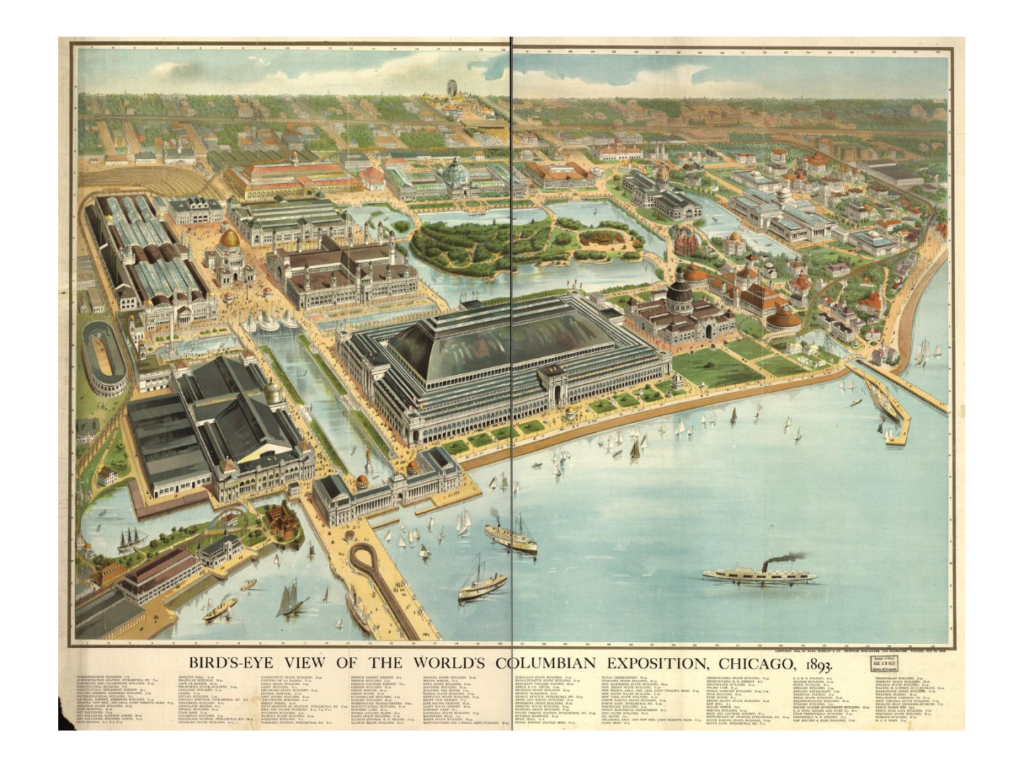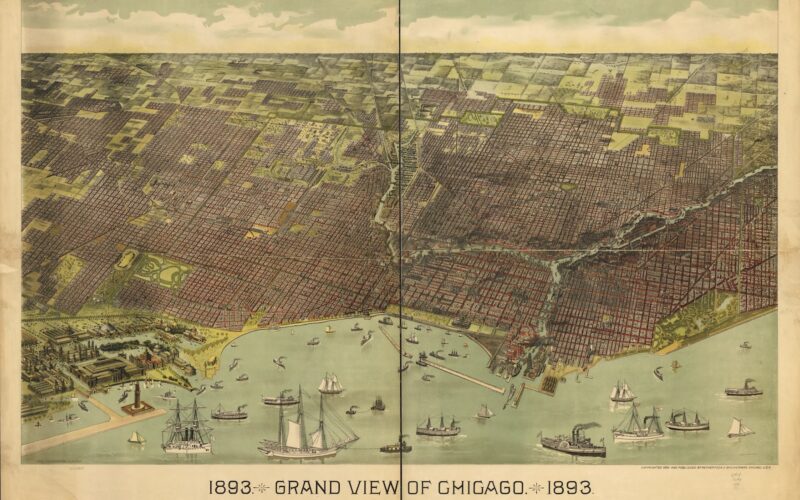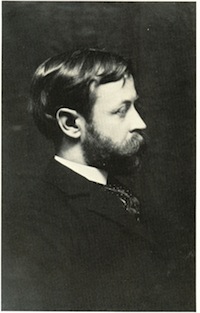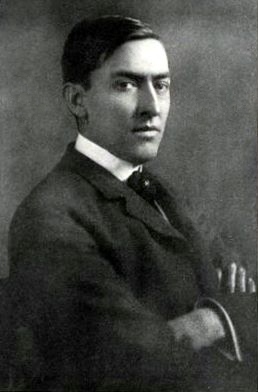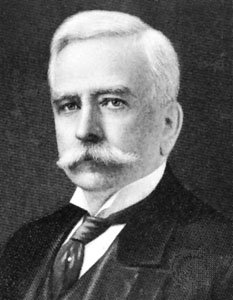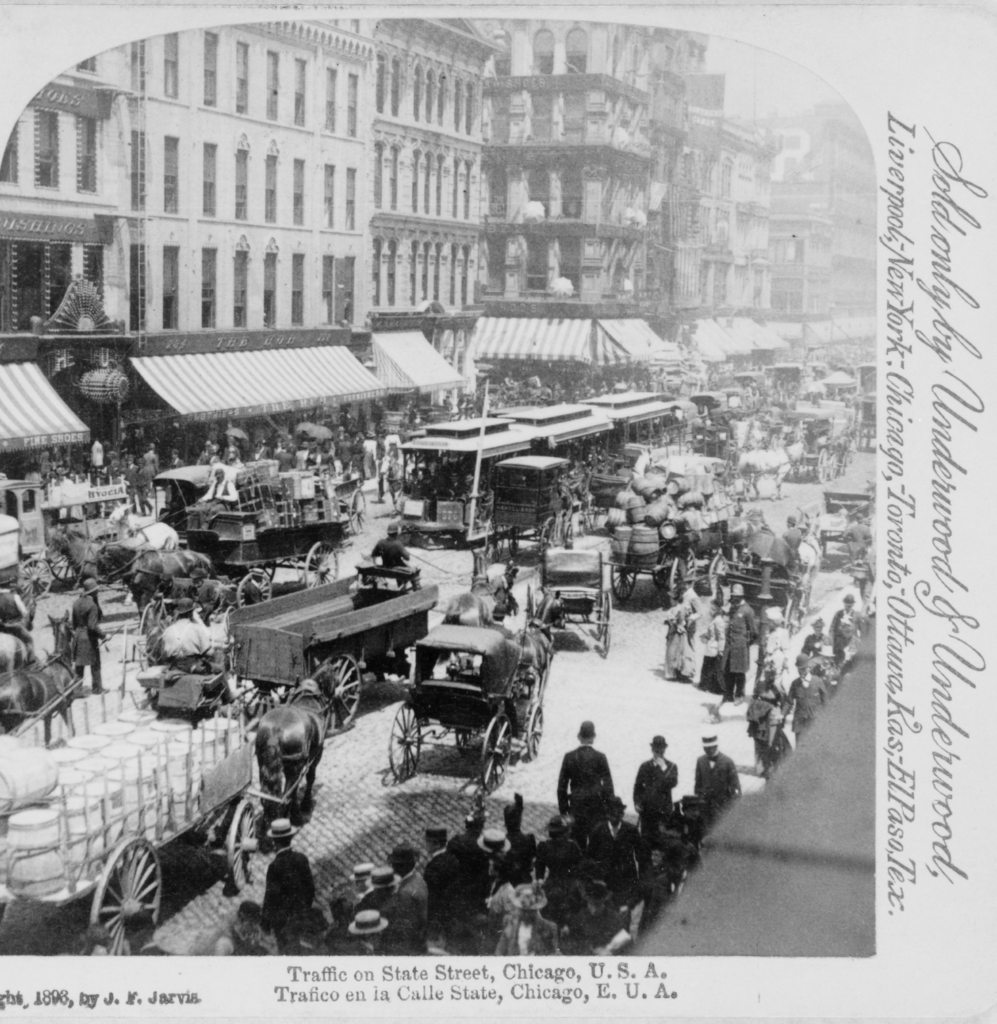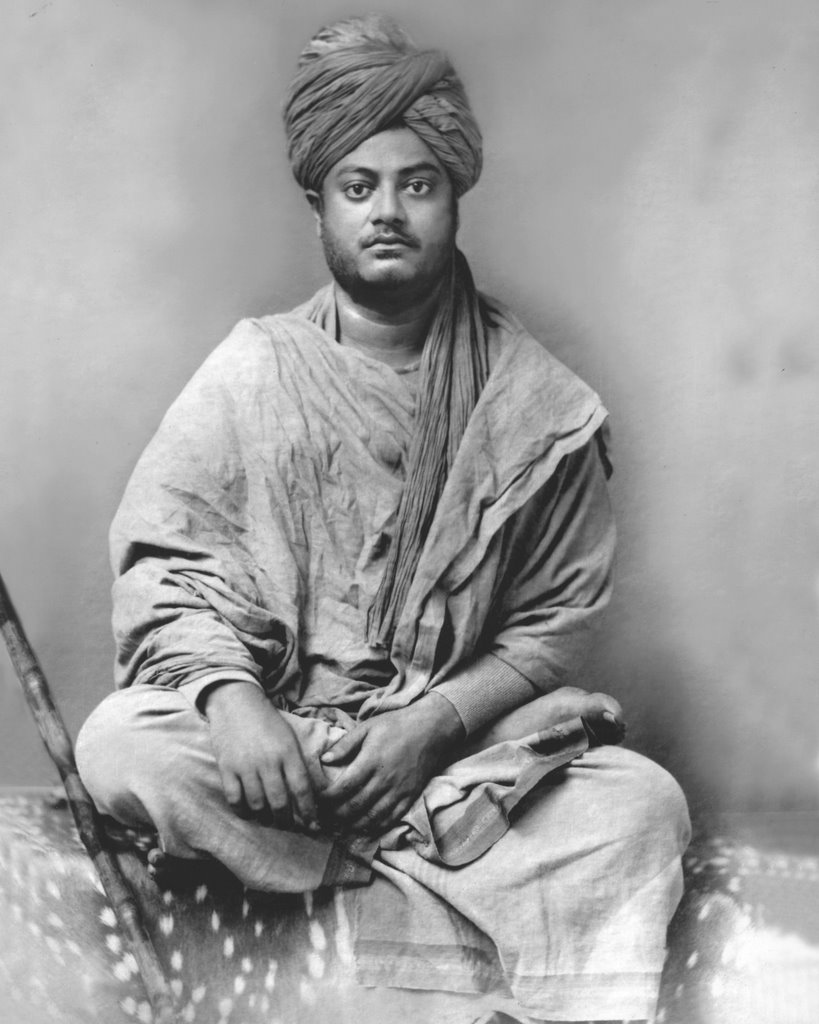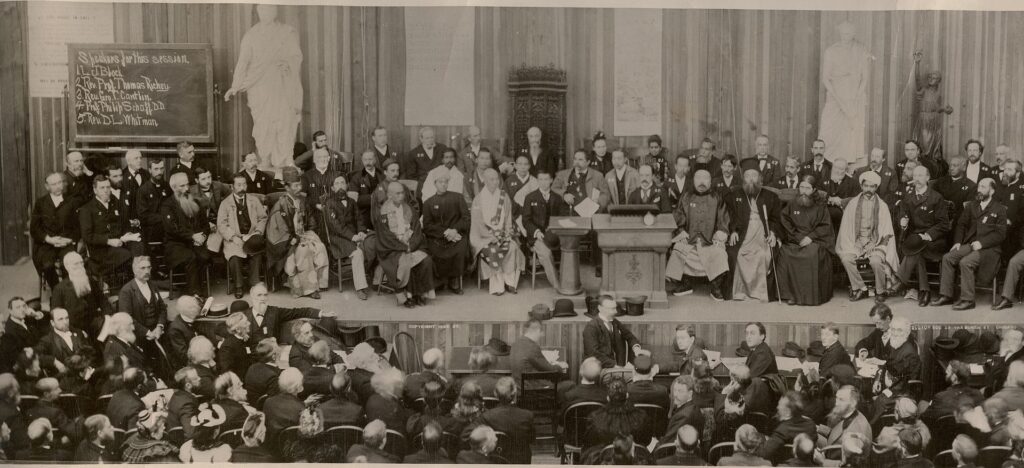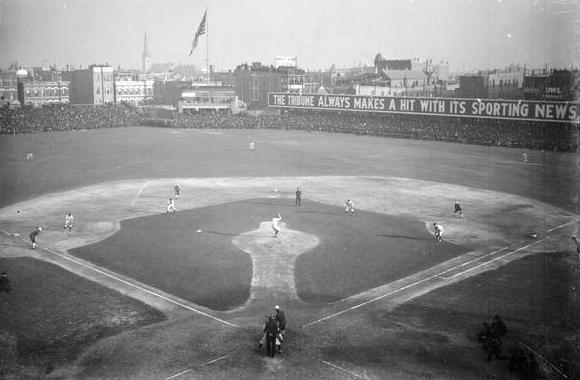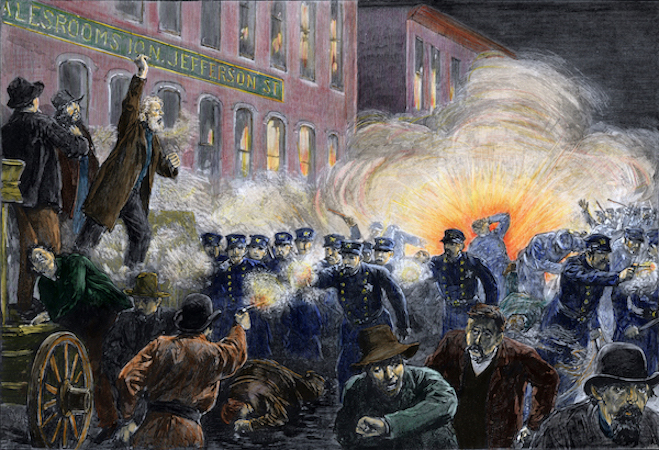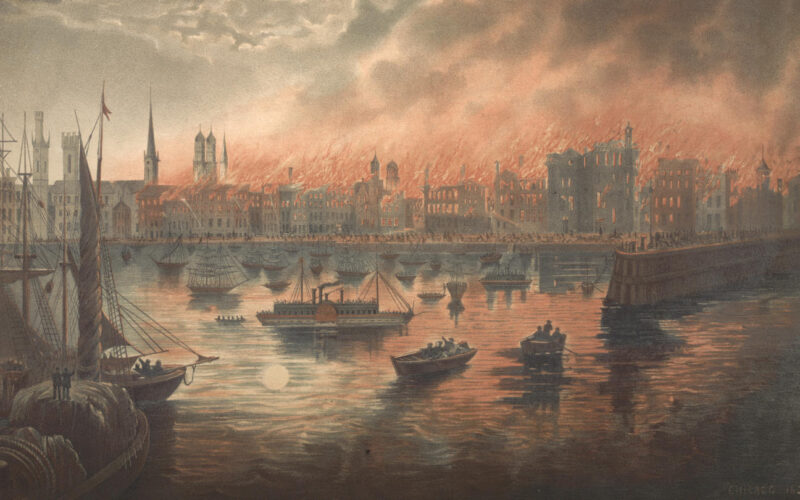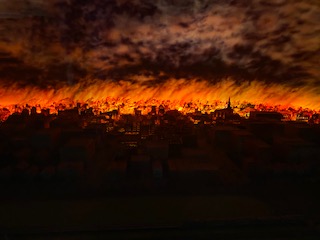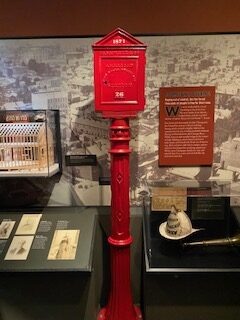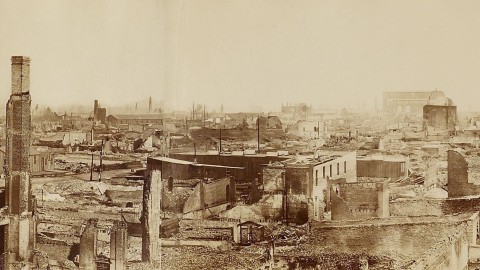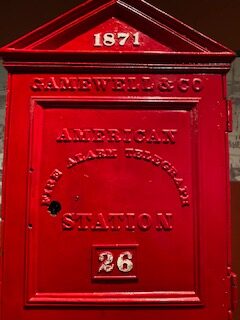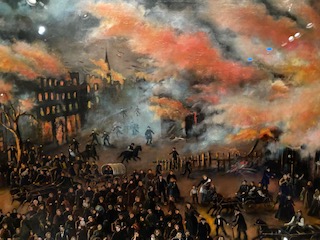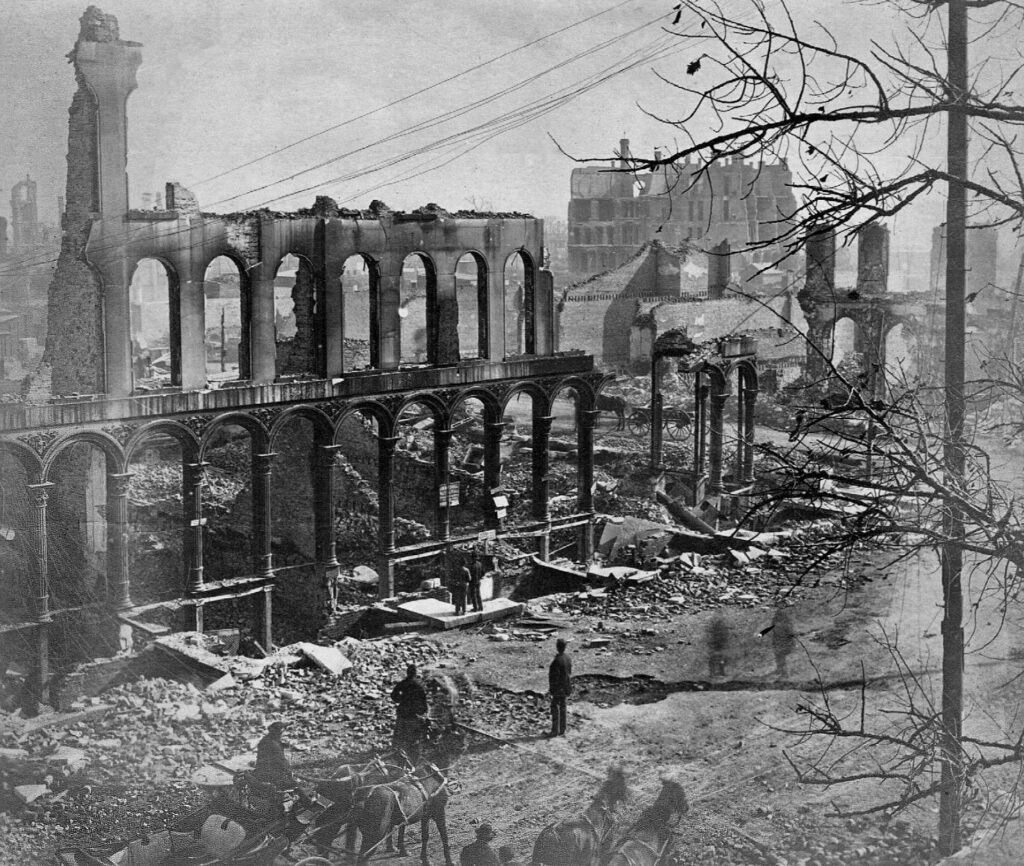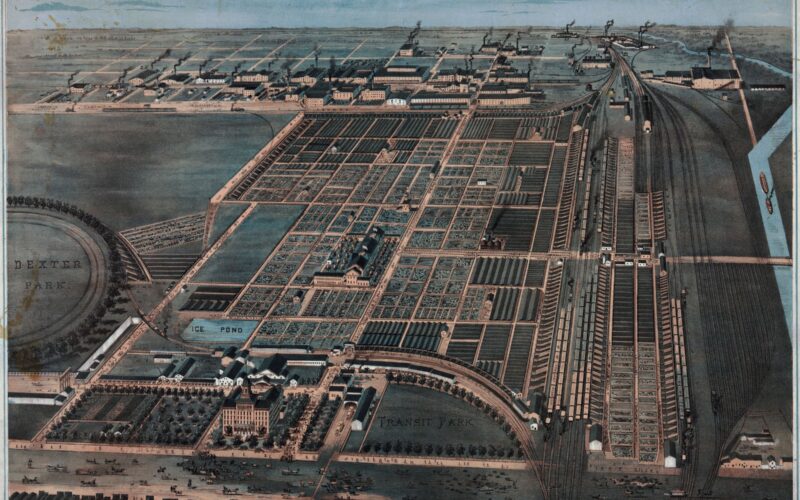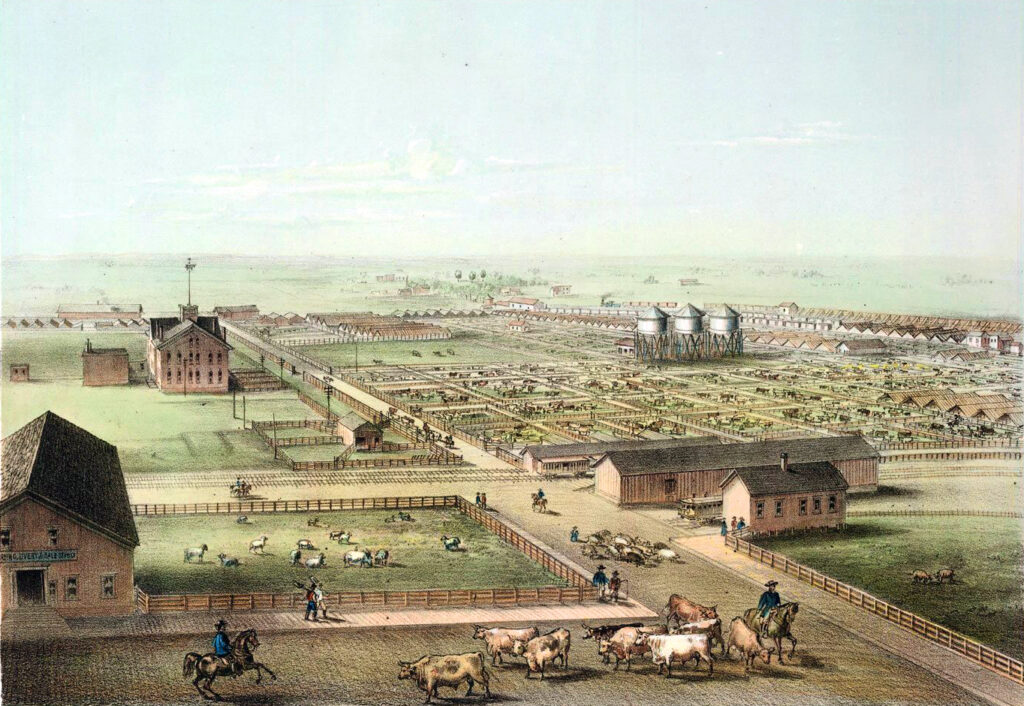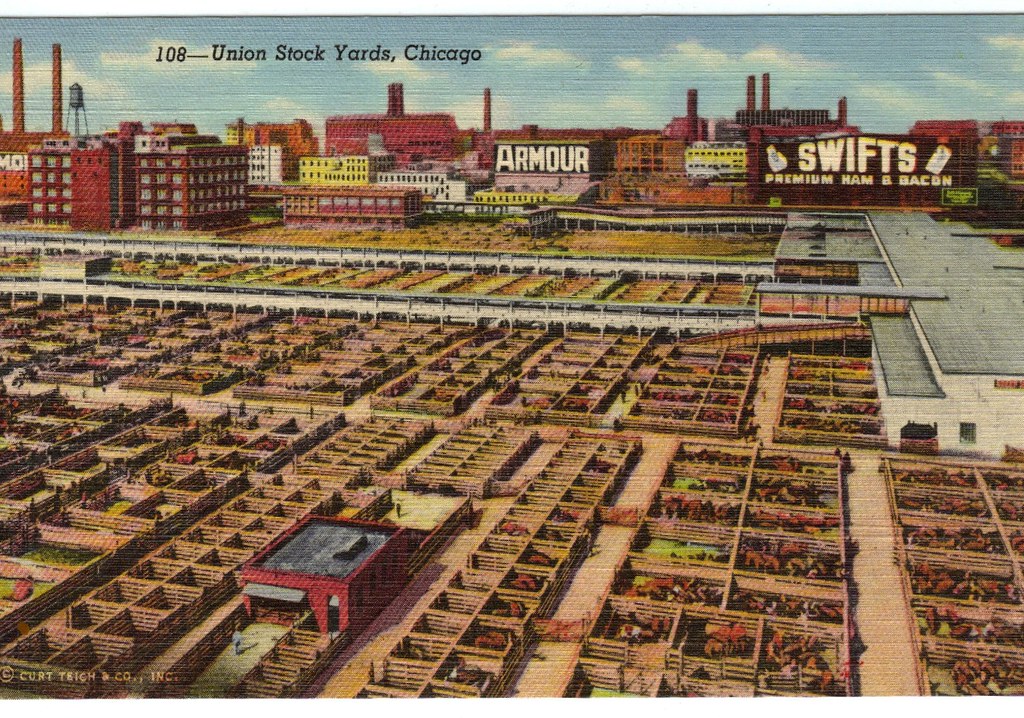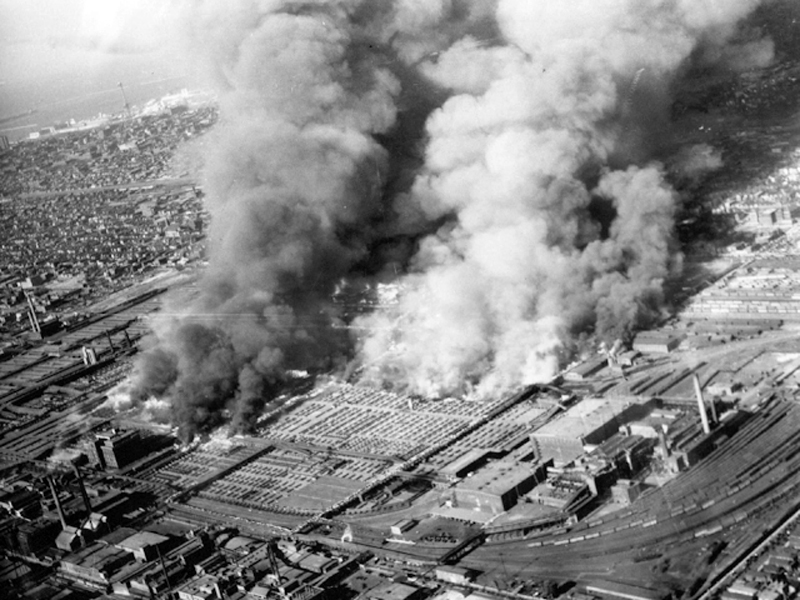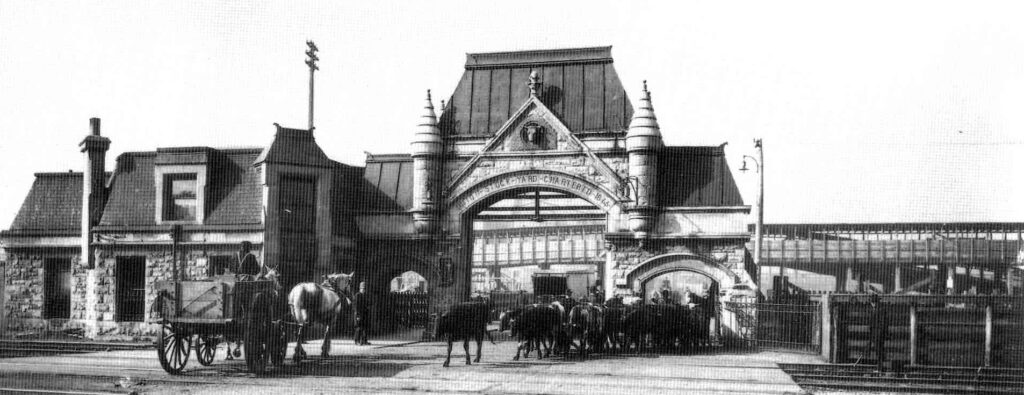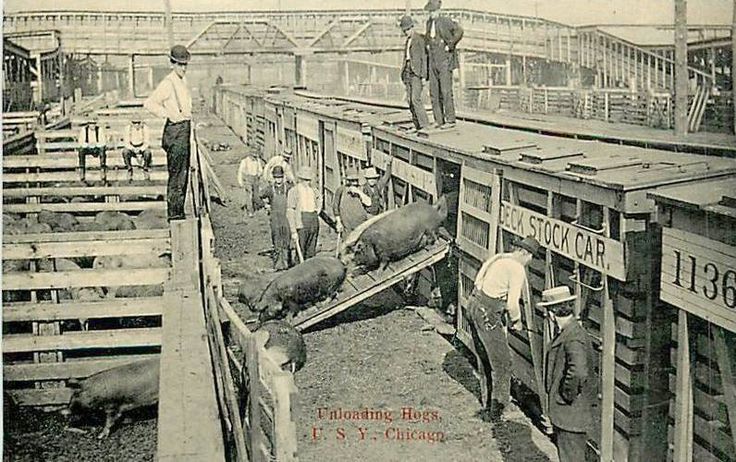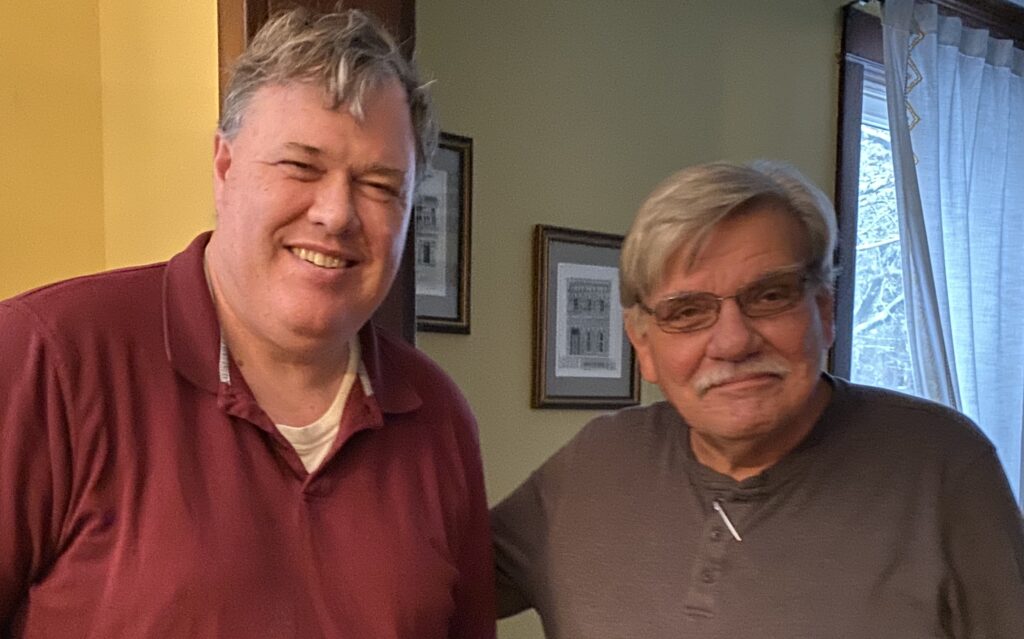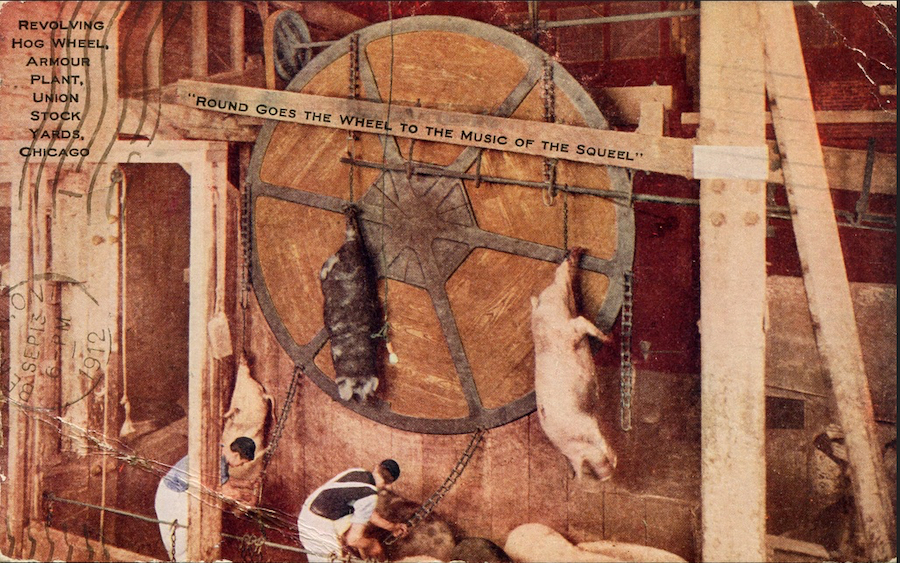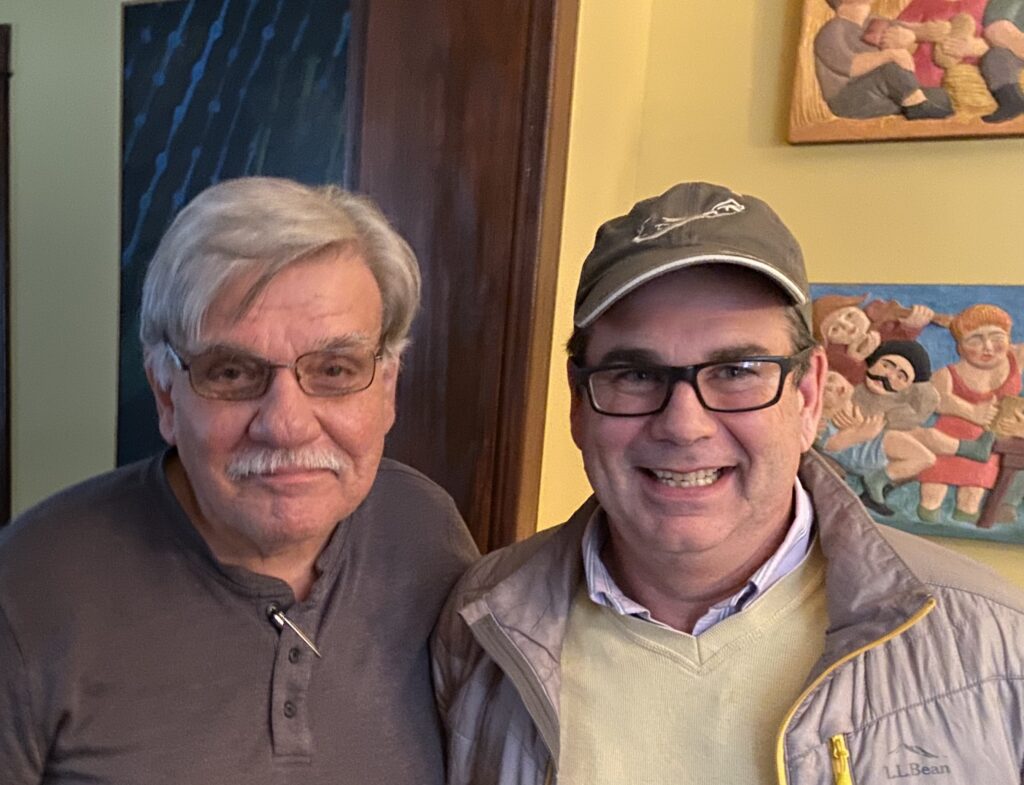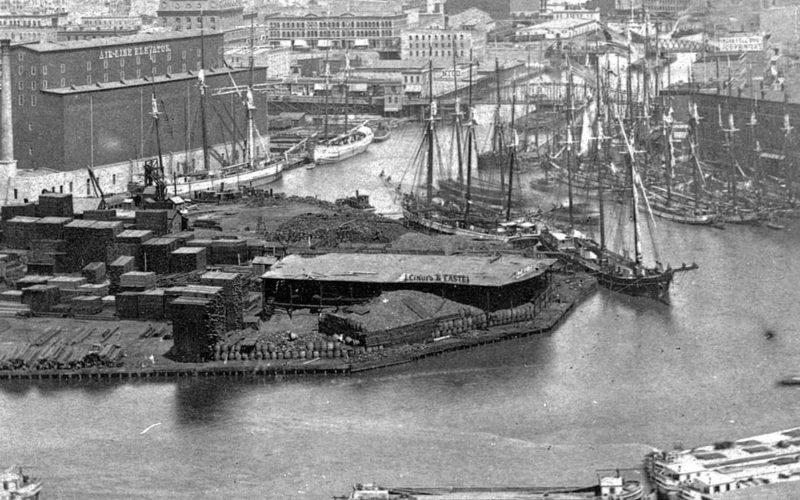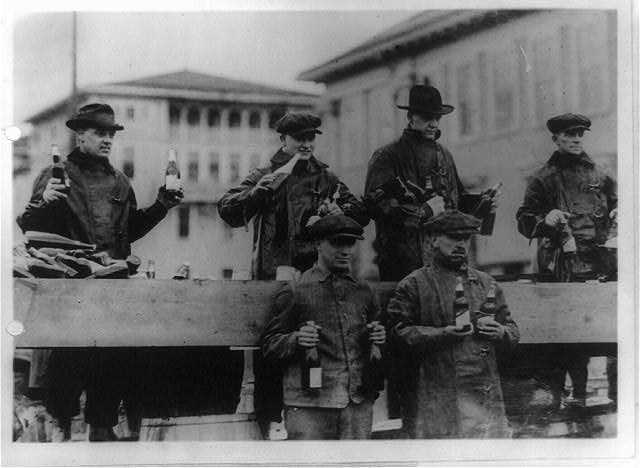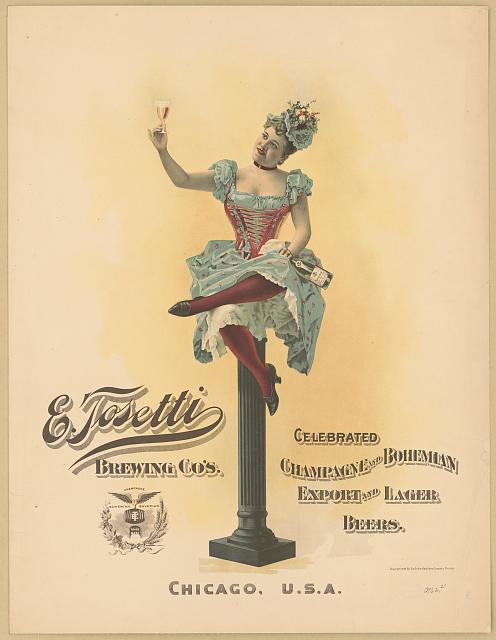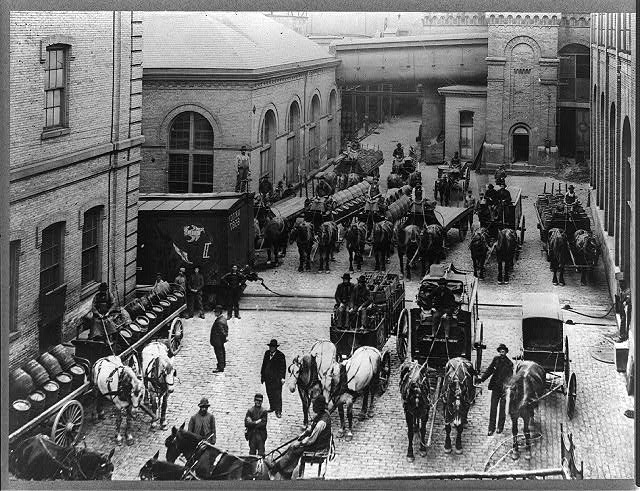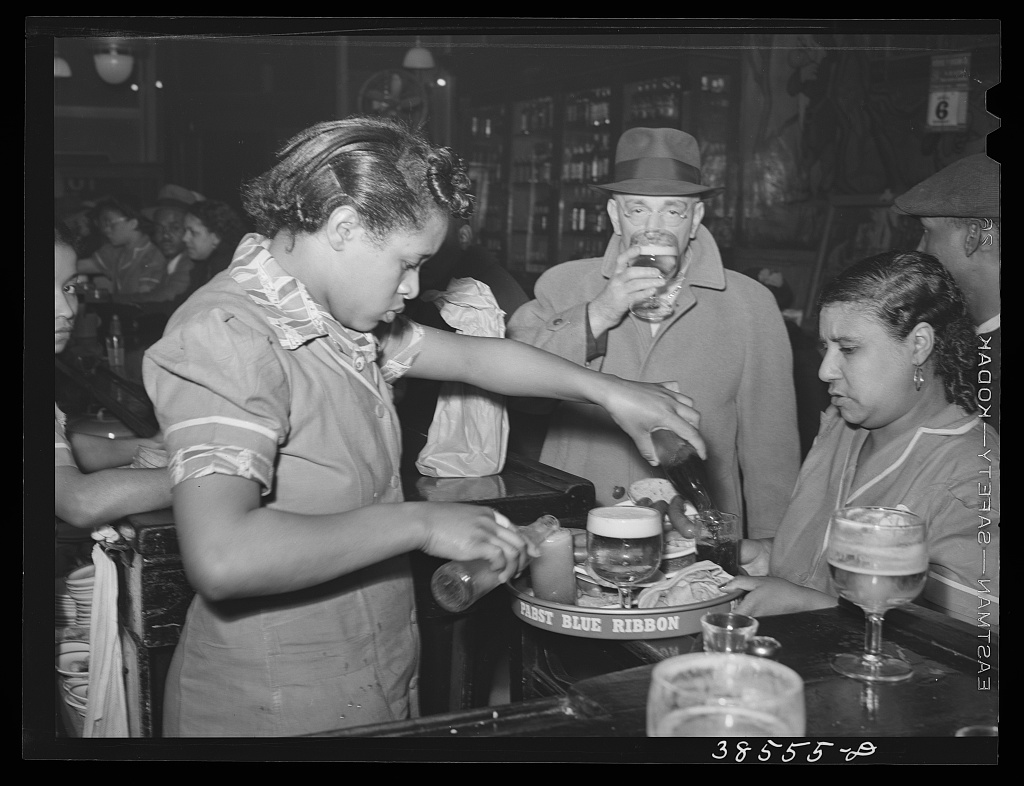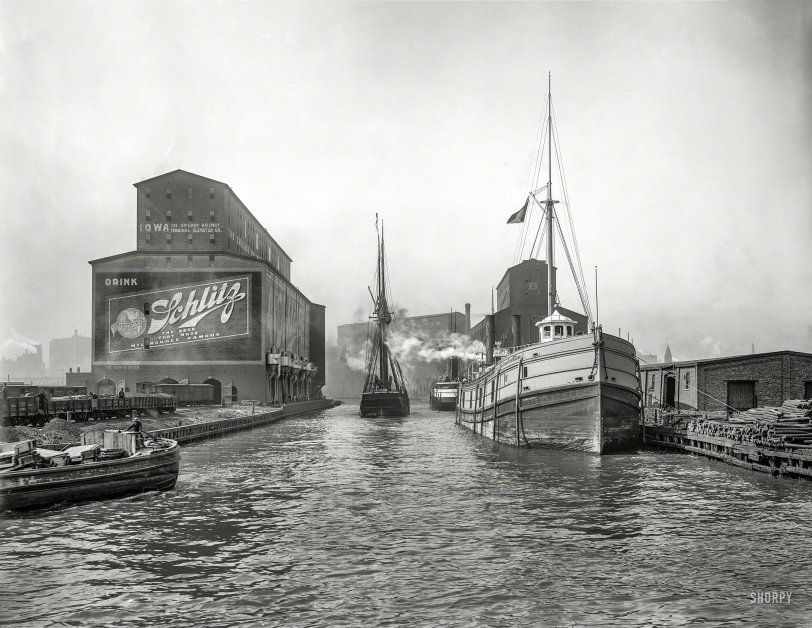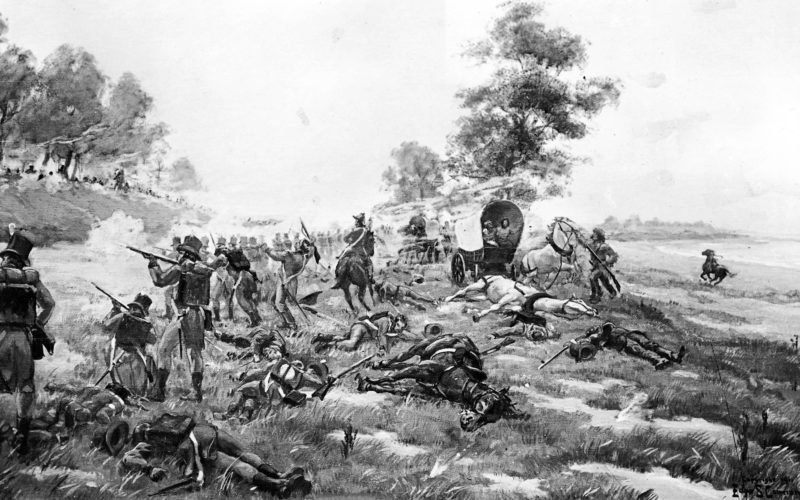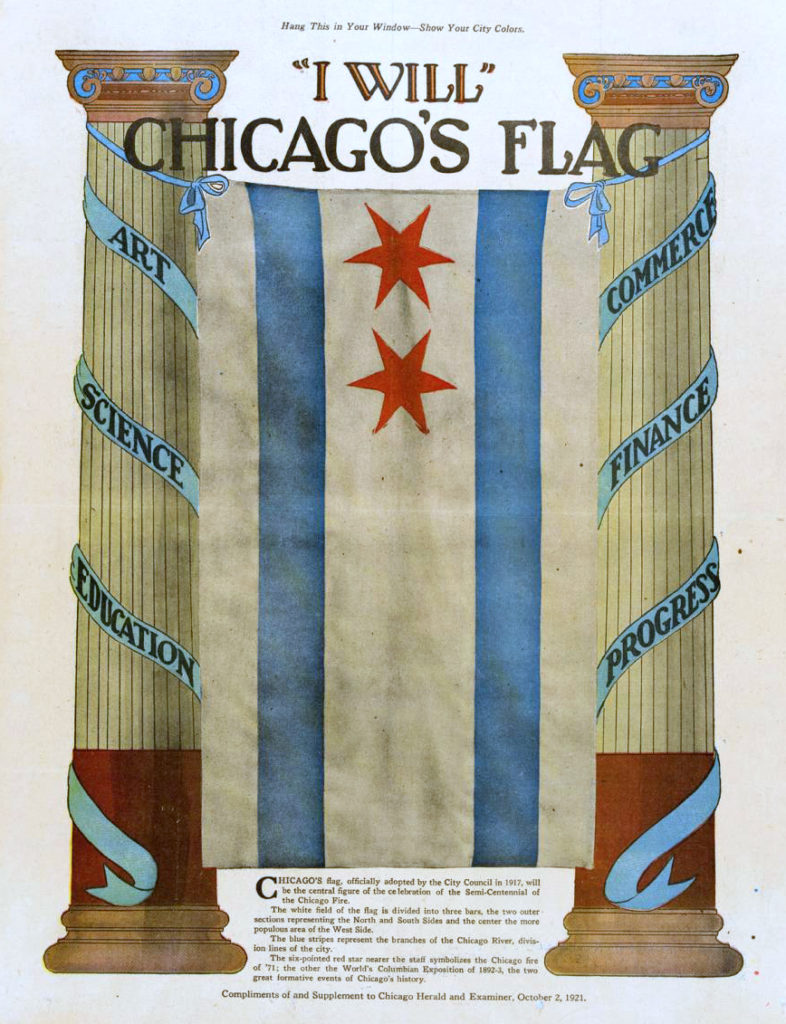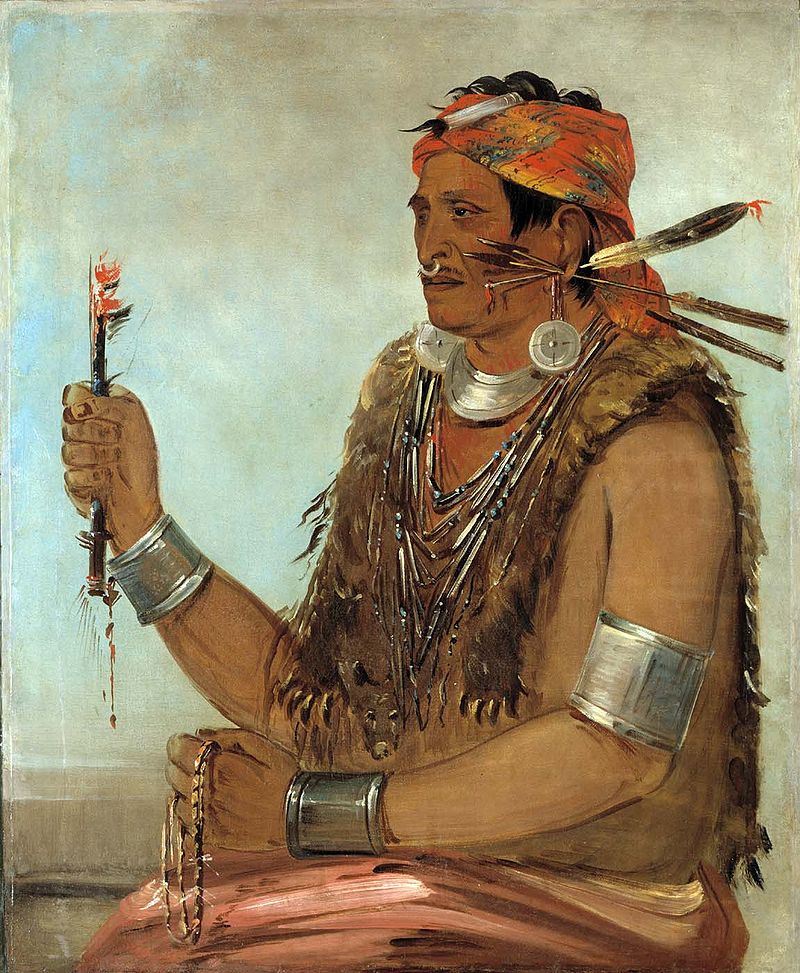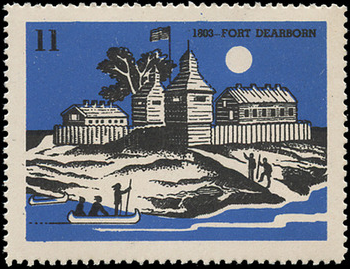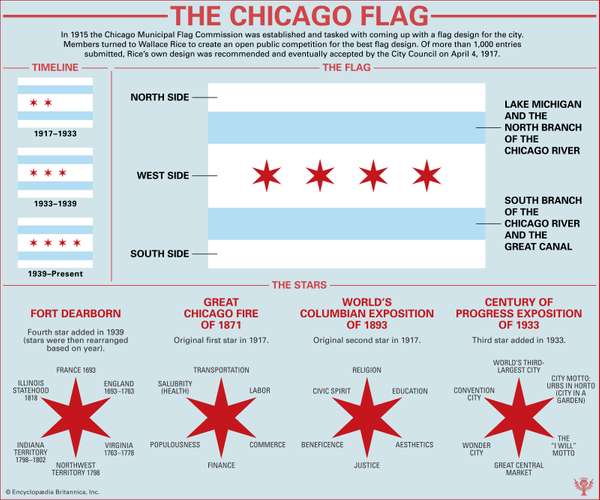Episode 21 – The Third Star – part III
As we conclude this three-part mini-series on the Columbian Exposition of 1893, we talk about a few favorite exhibits and stories about the Fair, connections that exist still, and relevancy of the World’s Fair today. A major event for Chicago and honored by a star on the Chicago Flag the Fair brought Chicago and the United States to the world stage to celebrate the 400th Anniversary of Christopher Columbus coming to America.
Join us as we speak with Paul Durica the Director of Exhibitions at the Newberry Library and historian and writer Jeff Nichols. And to complete this show, co-host Chris Lynch shares additional stories and connections with this World’s Fair culled from his research on the topic. Join us for a fascinating ride through Windy City history on this episode about the Chicago Columbian Exposition and World’s Fair of 1893.
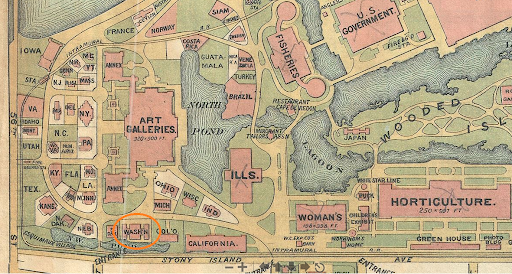
Map of the Fair 
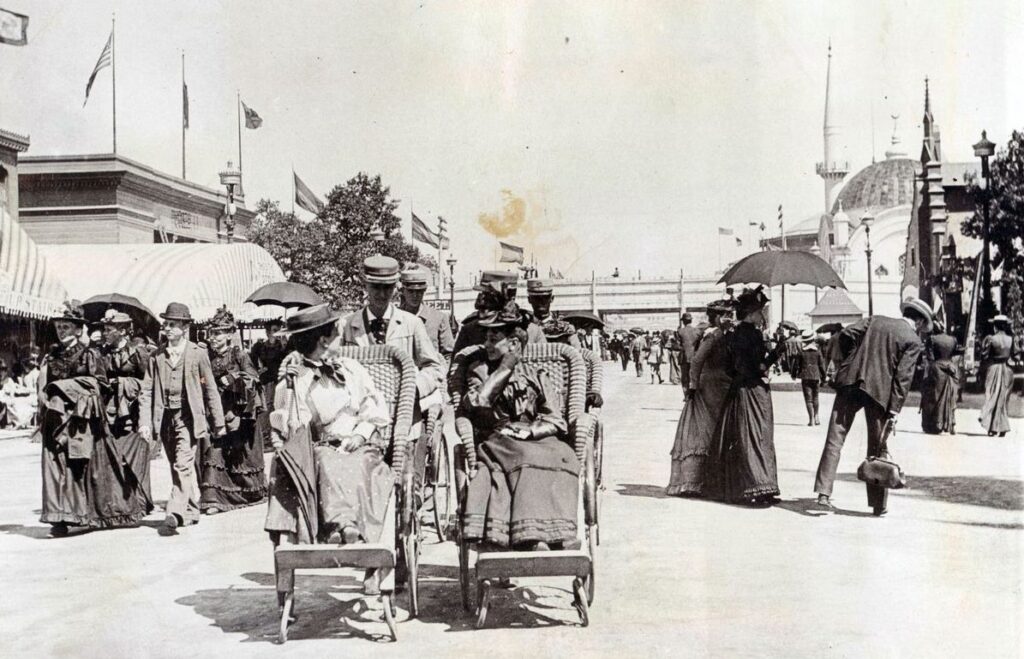
Fair visitors on the Midway Plaisance 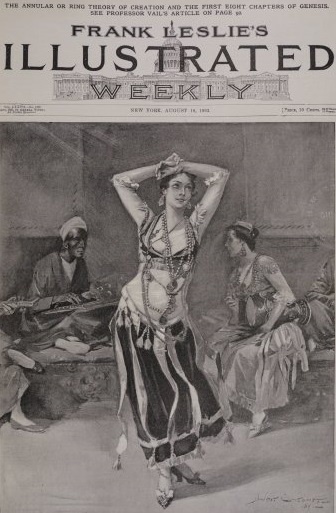
A belly dancer from the Streets of Cairo Exhibit 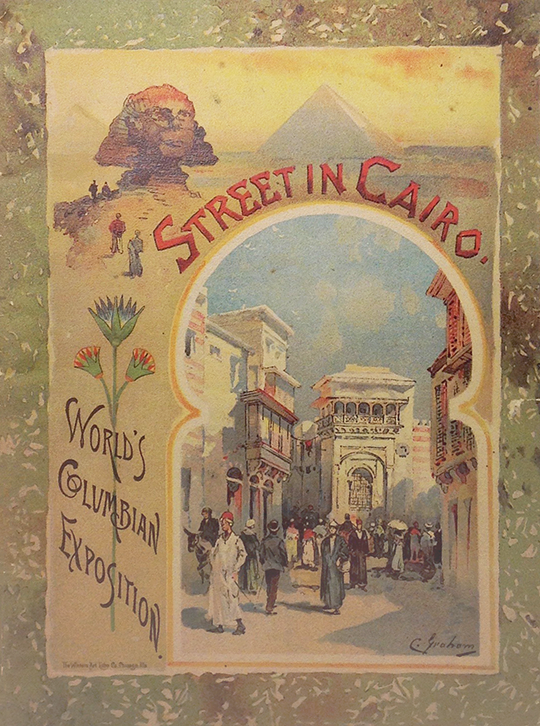
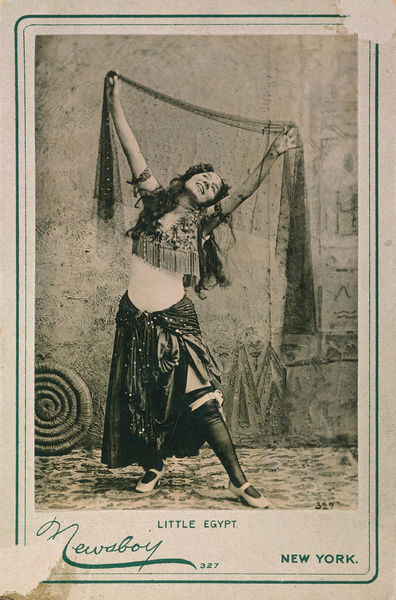
The dancer Little Egypt, stellar attraction at the World’s Columbian Exposition 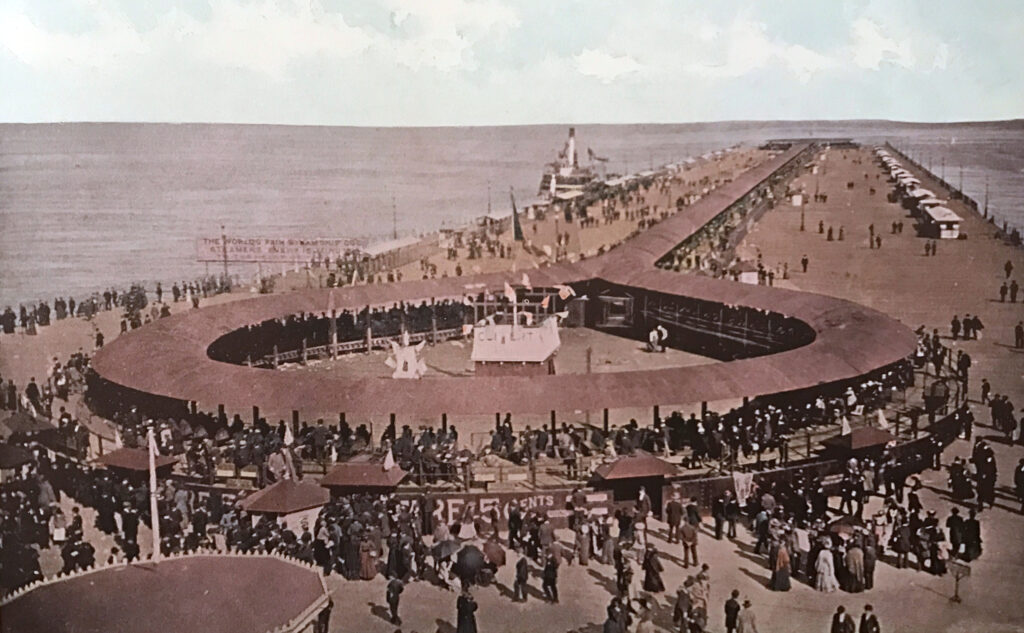
The first electric moving-sidewalk 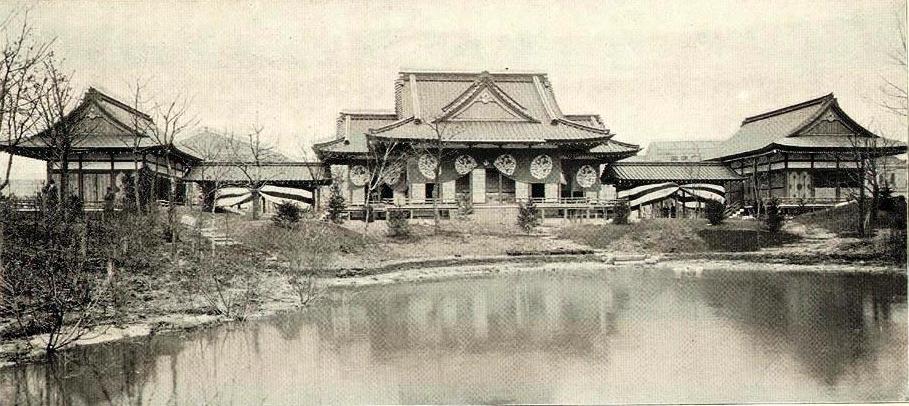
The Japanese pavilion 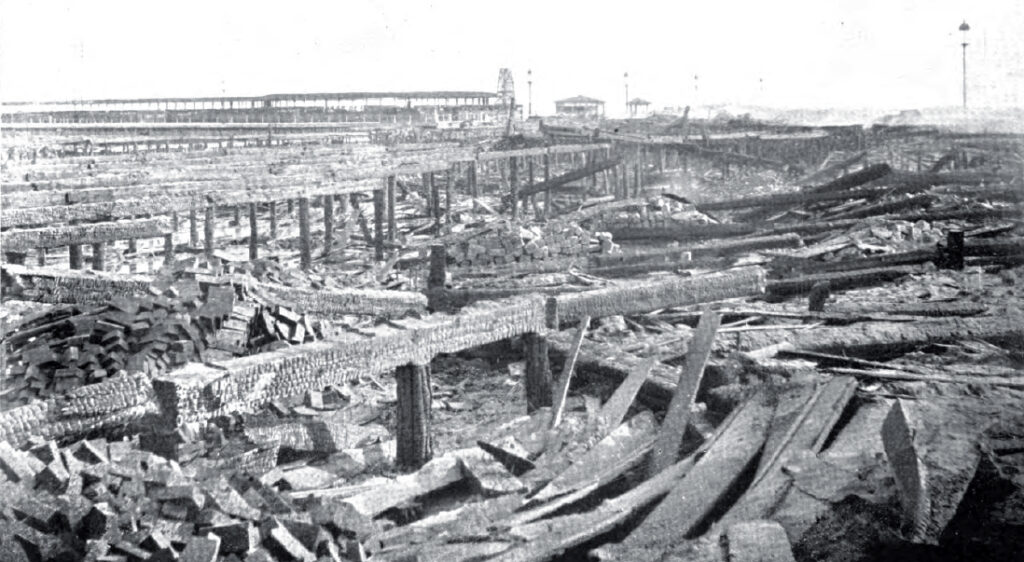
1894 ruins of the Fair 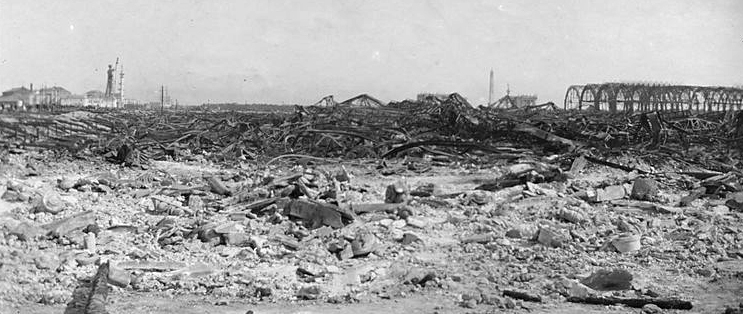
A image of the destroyed Fair grounds after the 1894 fire
Links to Research and Historic Sources:
- A history of the World’s Columbian Exposition held in Chicago in 1893, link to this four volume set in Hathi Trust
- Panic of 1893 in Wikipedia
- The Columbian Museum and history of the Field Museum from their website
- Frederick Law Olmsted, the landscape architect of the Columbian Exposition in Encyclopedia Britannica
- “The Man Behind the Man Behind Oz: W. W. Denslow at 150,” by Michael Patrick Hern, July 5, 2006 on the AIGA website.
- Harriet Monroe (1860 – 1936) a biography on the Poetry Foundation website
- Lumpen Radio – community radio station located in the Bridgeport neighborhood of Chicago at 105.5 FM
- Aunt Jemima and the Pearl Milling Company
- John Phillips Sousa a biography on the Library of Congress website
- Thomas Edison film in 1896 of Little Egypt on YouTube
- Music Lesson: The Streets of Cairo from Larsen Halleck on YouTube

